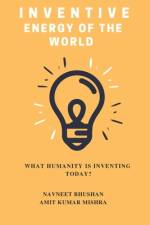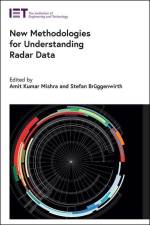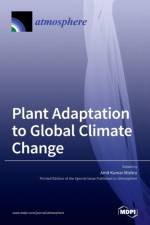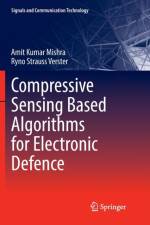- What Humanity is Inventing Today?
av Amit Kumar Mishra
415,-
FOREWORD BY DARRELL MANN Reviews and comments by leading global Industry experts and leaders - Bhavin Kothari, Shashi Battarai, Maj. Gen. Janaki Pant, Dr. Narender Singh, Ramiah Seshan, Anant Wadhokar, Dr. Udomsilp Pinsook, Kanwal Rai, Dr. K.S. Kardam, Randall MarÃn, Eng. PhD, Prof. P Achutha Rao, Jayadev Galla, Dr. AK Kashyap, Tarun Khurana, Dr. Chachanat Thebtaranonth, Dr. T. Mukhopadhyay, Sarthak Vasudeva, and Andrius Zhilenas. The Book providesA step-by-step methodology and metrics to assess what humanity is inventing currently. We call this methodology and metrics Inventive Energy (IE).Inventive Energy (IE) is the first book ever written through the lens of the filed Patent Applications and granted Patents in different technology domains. Inventive Energy (IE) uses a recency-weighted method to incorporate 5 years of inventive activity and inventive intensity in a technology domain. Thus, Inventive Energy (IE) metric emphasize recent inventive activity rather than the older inventive activity in the period selected.Inventive Energy (IE) gives inventors and innovators a better and more accurate metric for quantum of Invention attempted (in patent filing applications) and successfully achieved (as patent grants in that year). In this book you will find: Patent activity Identification in a specific technological domain through International Patent Classification (IPC) CodesPatent Intensity Index (PII) of a year measured in terms of the yearly average of the number of patent applications published and patent granted in the last 5 years.Patent Activity Index (PAI) measured in terms of the yearly average of relative pace of patent applications and granted patents in the IPC domain.Activity Intensity Map (AIM) a graphical representation that indicates patent activity in terms of the relative pace of published patent applications and granted patents and patent intensity in terms of the number of published patent applications and granted patents in any IPC class.Invention Energy Maps of 100 IPC classes (10 IPC classes in each of 10 identified technology domains by assimilating patent application and patent grant data for 8 years)Inventive Energy of top 10 IPC classes in Blockchain, Machine Learning, Autonomous Vehicles, Internet of Things (IoT), Medical Imaging Devices, Genome Editing, Quantum Cryptography, Smart Lighting, Solar Energy Technology and Digital Learning Systems. Applications of Inventive Energy: 1. Managing Patent Portfolio2. Forecasting technology trend3. Strategic Patent filing4. Identifying white space5. Evaluating patent strength6. Input for valuing patent7. Patent Quality Assessment8. Proposing Narrow and specific classifications while filing to maximize value9. Enable the licensor to conduct the due diligence10. Competitive analysis Inventive energy unifies the activity (as selected in patent filing and granted rates) and intensity (as selected in numbers).Due to its inherent simplicity, utilization of substantial information, and capturing the complexity of the process, this book on inventive energy will provide a de-facto standard to evaluate the front edge of any technology. Inventive Energy is your guide to taking strategic decisions and actions based on concrete facts. Research and Development (R&D) units, Universities, individual inventors, technologists, or decision makers must utilize the inventive energy to quicky understand the state of the art. Inventive Energy in specific technology domains can be utilized by existing technology players, start-ups, new players, investors, Venture Capitalists, technology and Product Strategy Teams to design a more informed future.




